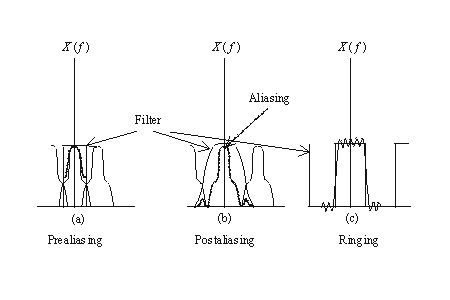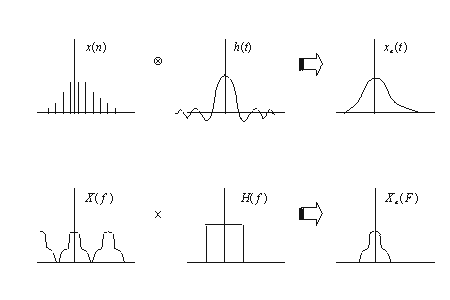![[CESCG logo]](../../CESCG/images/cescg98.small.gif)
Marek Zimanyi
Department of Computer Graphics and Image Processing
Comenius University
Bratislava, Slovakia
![[CESCG logo]](../../CESCG/images/cescg.small.gif)
![[CESCG logo]](../../CESCG/images/cescg98.small.gif)
|
Reconstruction of Tomographic Data by Markov Random Fields
Marek Zimanyi Department of Computer Graphics and Image Processing Comenius University Bratislava, Slovakia |
![[CESCG logo]](../../CESCG/images/cescg.small.gif)
|
Traditional reconstruction techniques are based on
the convolution of interpolation filter with sampled data. The problem
arises when the slices are scanned with big distances. This problem is
formulated by Shanon ([WEIT], [PM]):
Sampling interval T has to fulfill the relation T <
(1/2fmax), where 2fmax is the heightest
Fourier spectral component in the sampled function and T = 1 / fs,
sampling frequency fs is also called Nyquist rate.
Sampling a signal at a rate lower than postulated
by Shannon leads to a very serious parasitic effect: aliasing (Figure1.).
In our case (CT slices) aliasing appears because
each slice is scanned with some radiation dose and high resolution CT data
are usually taken only from cadavers. In MRI tomography, scanning a sufficient
number of slices for 3D reconstruction requires medically unacceptable
time.

